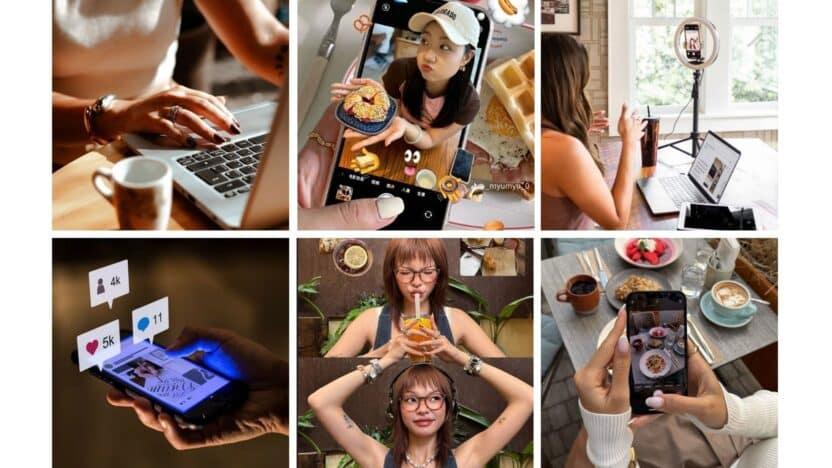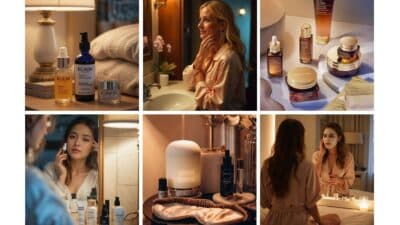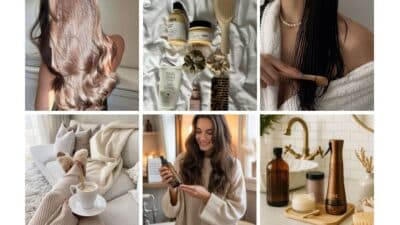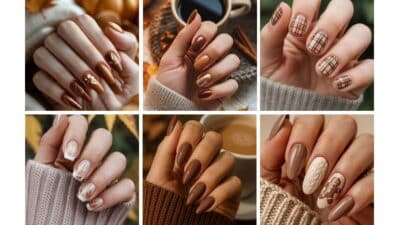Scrolling through social media can make it feel like flawless skin, perfect lighting, and sculpted features are the norm. With filters and editing tools available in seconds, it’s easy to forget how much of what you see isn’t real. You shape your view of beauty every time you compare yourself to these altered images.
Research shows that most young people use filters or editing before posting, which means the “perfect picture” you see is rarely natural. This constant exposure can influence how you feel about your own appearance and set unrealistic standards. When every photo looks polished, it becomes harder to separate reality from illusion.
You don’t have to get caught up in this cycle. By recognizing how filters and social media shape beauty ideals, you can protect your self-image and focus on authenticity. Learning small strategies to step back from the “perfect picture” culture helps you see yourself in a healthier, more balanced way.
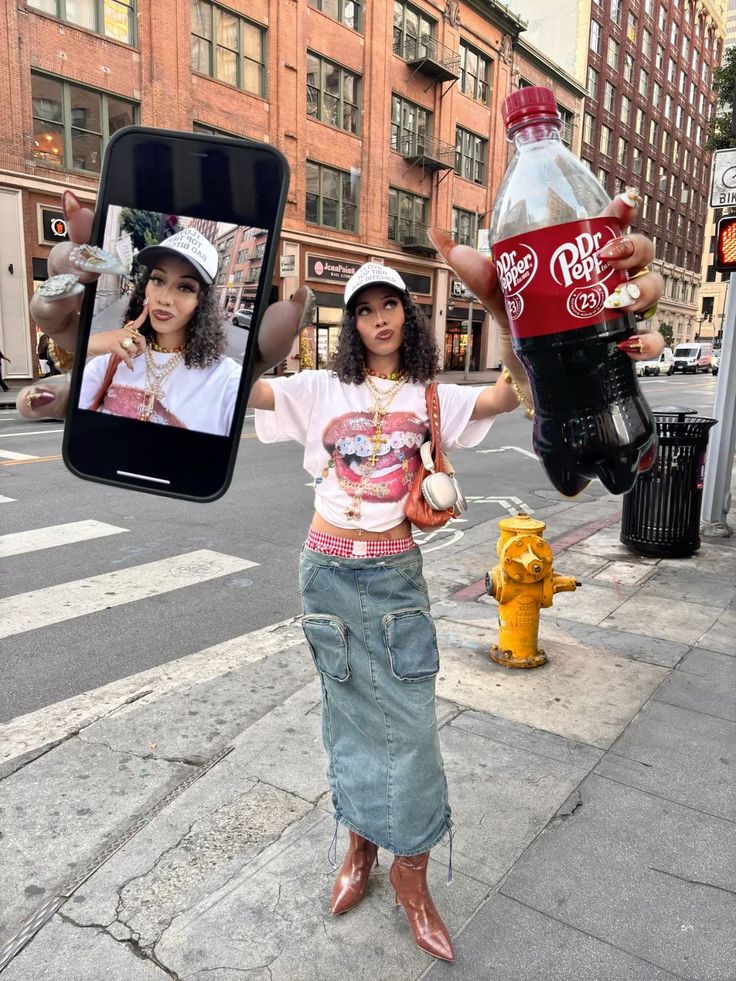
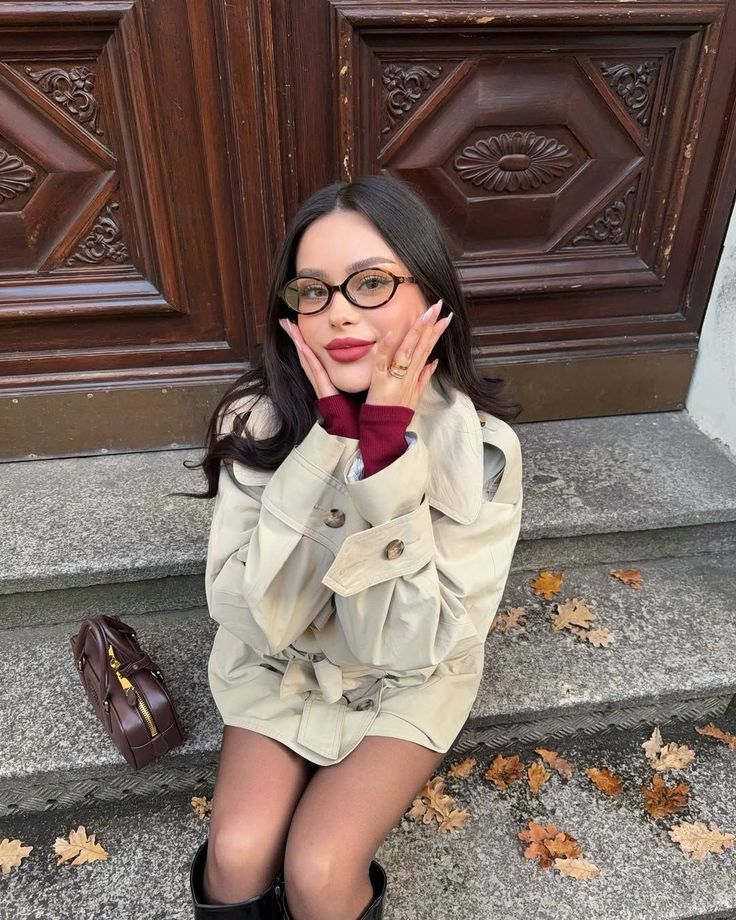
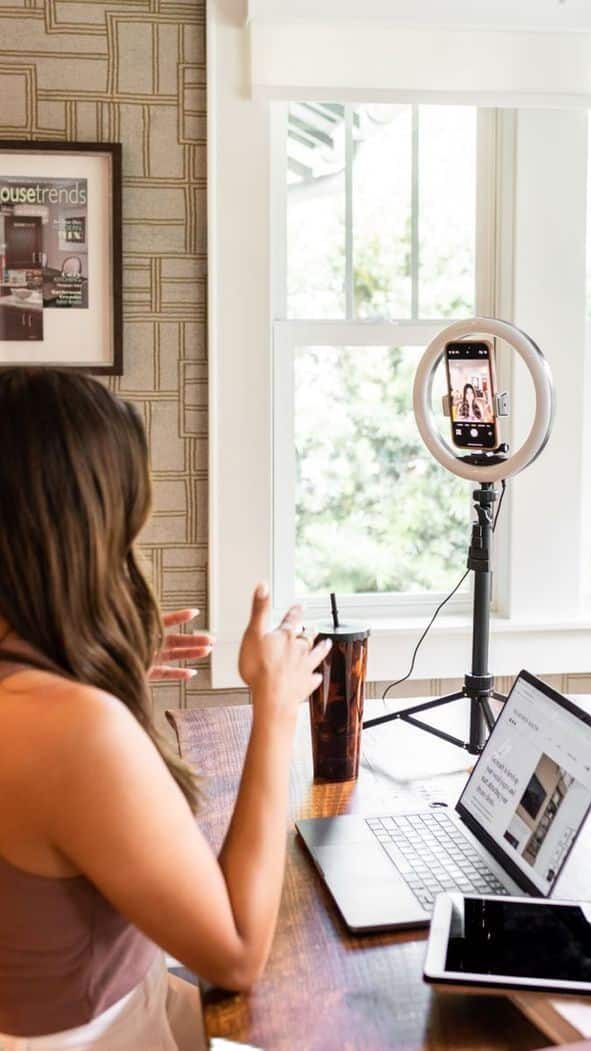
Key Takeaways
- Filters and editing tools influence how you view beauty.
- Constant exposure to altered images can affect self-esteem.
- Practical steps help you avoid unrealistic appearance pressures.
How Filters and Social Media Shape Modern Beauty Standards
You see countless images online that look flawless, polished, and effortless. These visuals are not random—they are the result of editing tools, cultural trends, and algorithms that decide what gets the most attention.
The Rise of Photo Editing Apps and Filters
Photo editing apps and built-in filters on platforms like Instagram, TikTok, and Snapchat make it easy for you to change your appearance in seconds. You can smooth skin, brighten eyes, or reshape facial features with just a few taps.
This accessibility has normalized altered images, making them part of everyday online communication. What once required professional editing is now available to anyone with a smartphone.
The widespread use of these tools often blurs the line between natural and modified appearances. You may not always know when a photo has been heavily edited, which can affect how you compare yourself to others.
While filters can feel fun or creative, they also create a cycle where polished images become the standard. This can make you feel pressure to present yourself in a similar way, even if it doesn’t reflect reality.
Narrowing Definitions of Beauty Online
Social media platforms often highlight certain physical traits, such as clear skin, slim faces, or specific body shapes. When you scroll through your feed, you may notice that these features appear repeatedly, giving the impression that they are the most desirable.
This repetition can narrow what people consider “beautiful.” Instead of celebrating variety, the focus shifts to a limited set of traits that align with current trends.
For younger users especially, this can lead to comparisons that feel discouraging. Seeing the same beauty ideals over and over may cause you to question your own appearance.
At the same time, some communities online push back by promoting natural looks and body positivity. Still, these voices often struggle to compete with the volume of highly edited, idealized content.
The Role of Algorithms and Visual Culture
Algorithms play a major role in shaping what you see. They prioritize posts that get high engagement, which often means images that fit popular beauty trends rise to the top of your feed.
This creates a cycle: the more people interact with polished photos, the more those photos dominate your online experience. As a result, you may feel surrounded by a single version of beauty.
Visual culture on social media also rewards consistency. Influencers and creators often maintain a certain aesthetic because it performs well, reinforcing narrow standards.
For you, this means exposure to a steady stream of similar-looking content. Over time, it can influence how you define attractiveness and how you present yourself online.
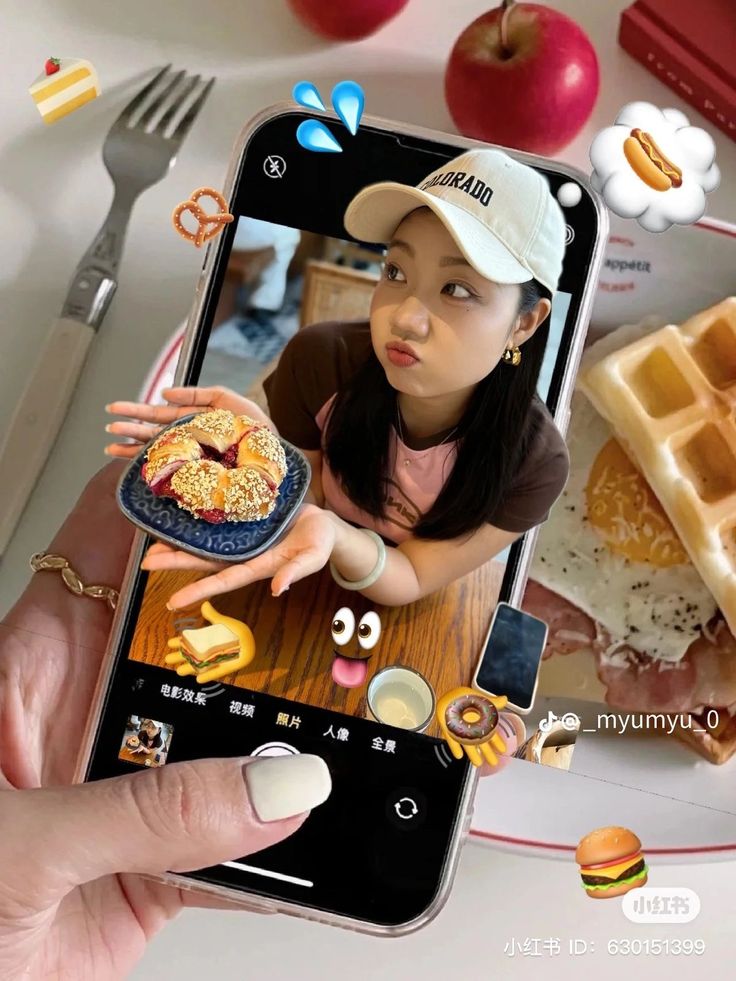
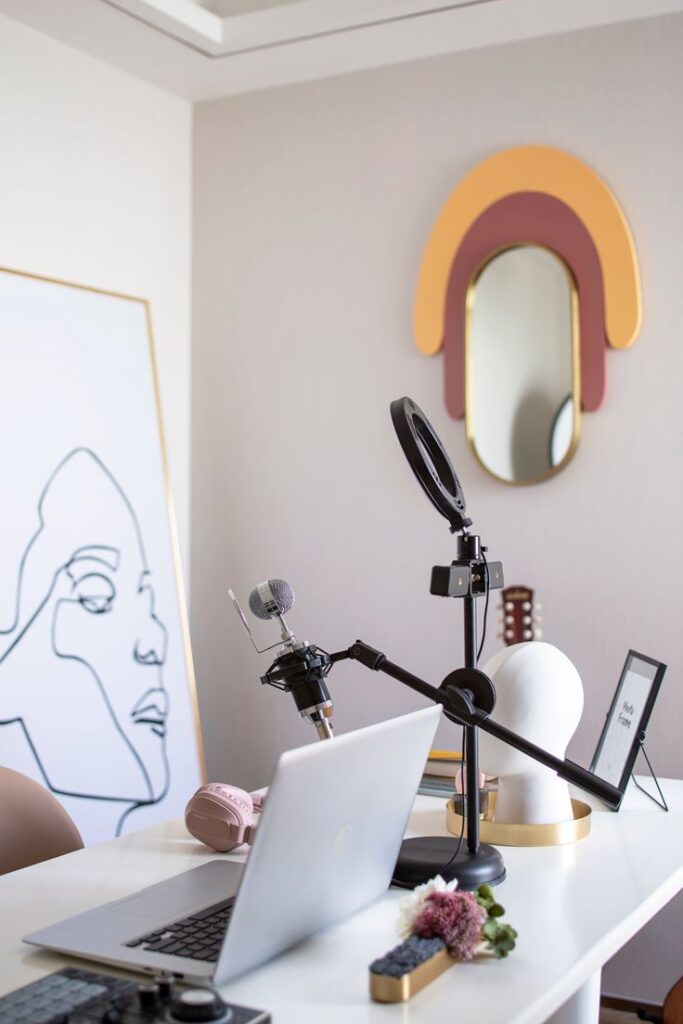
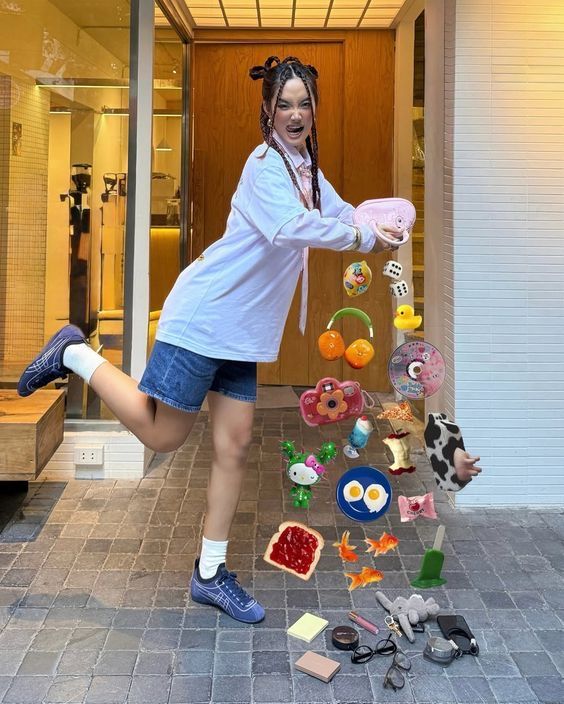
Psychological Effects of the ‘Perfect Picture’ Culture
When you see carefully edited images online, it can shape how you feel about yourself and others. Constant exposure to these images often creates pressure, leading to feelings of judgment, self-doubt, and the need for approval.
Feelings of Judgment and Anxiety
Scrolling through feeds filled with flawless faces and bodies can make you feel like you’re being silently judged. Even if no one says anything, the comparison happens in your mind. This can create a sense that you must meet the same standards.
Anxiety often grows when you think your own photos won’t measure up. You may hesitate to post or spend a lot of time editing before sharing. This cycle can make social media less enjoyable and more stressful.
Key signs of this anxiety include:
- Overthinking how others will react to your posts
- Avoiding sharing unedited photos
- Constantly checking likes or comments for reassurance
These patterns can leave you feeling tense and less confident in your natural appearance.
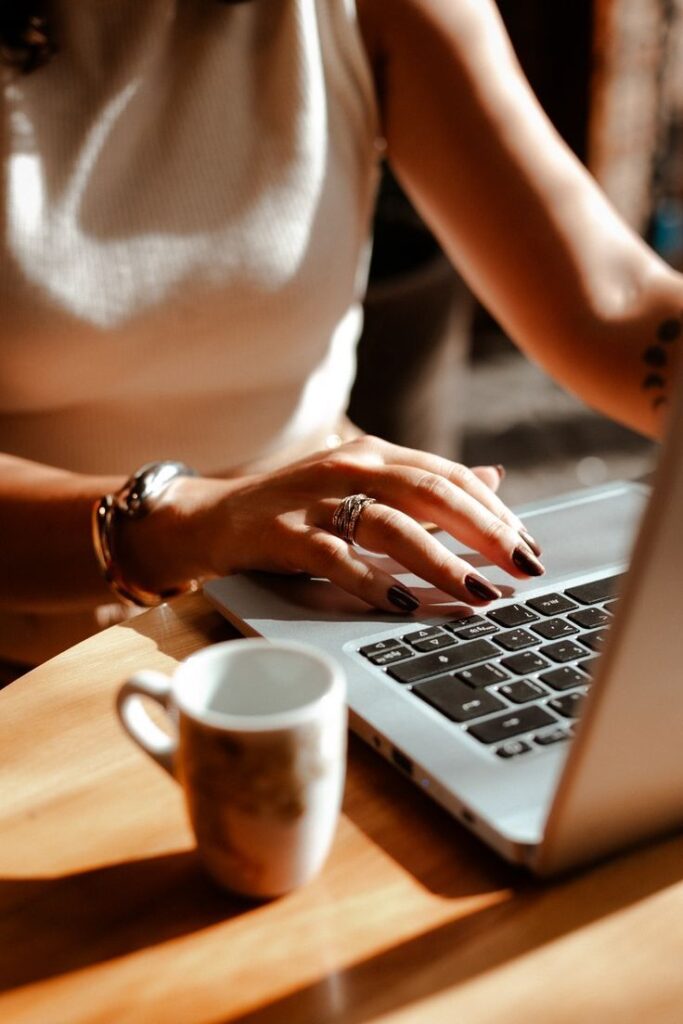
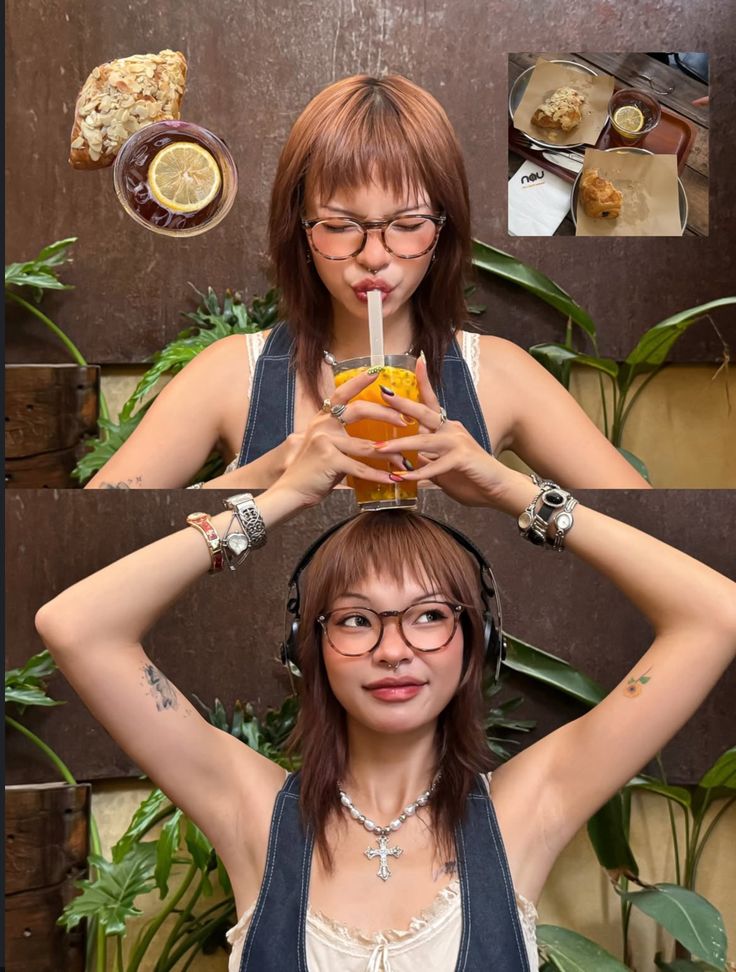
Impacts on Self-Esteem and Mental Health
When you compare yourself to filtered images, your self-esteem can take a hit. The problem is that you’re often comparing your real life to someone else’s highlight reel. This mismatch can make you feel inadequate, even if you’re perfectly healthy and attractive.
Research links frequent exposure to edited images with issues like body dissatisfaction and symptoms of depression. You may start to believe that your worth depends on how closely you match these digital ideals.
Common mental health impacts include:
- Lower self-confidence
- Increased risk of negative body image
- Feelings of sadness or discouragement
By recognizing these effects, you can better protect your mental well-being and remind yourself that filters don’t reflect reality.
The Pressure to Conform and Seek Validation
You might feel pressure to use filters just to keep up with everyone else. When most people online appear polished, it can seem like the only way to fit in. This creates a cycle where authenticity feels risky, and editing becomes the norm.
Validation plays a big role here. If likes and comments increase when you use filters, it reinforces the idea that your unedited self isn’t enough. Over time, this can make you rely on outside approval instead of your own self-acceptance.
This pressure often shows up as:
- Editing photos before posting every time
- Comparing your engagement to others
- Doubting your appearance without digital changes
Breaking this cycle starts with noticing how much influence social media validation has on your choices. Recognizing it helps you take back control of how you present yourself online.
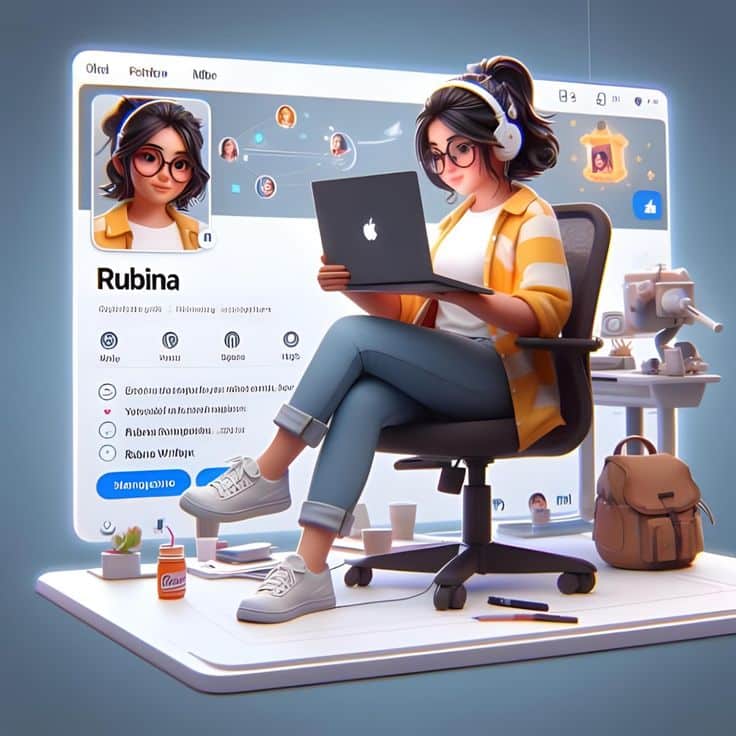
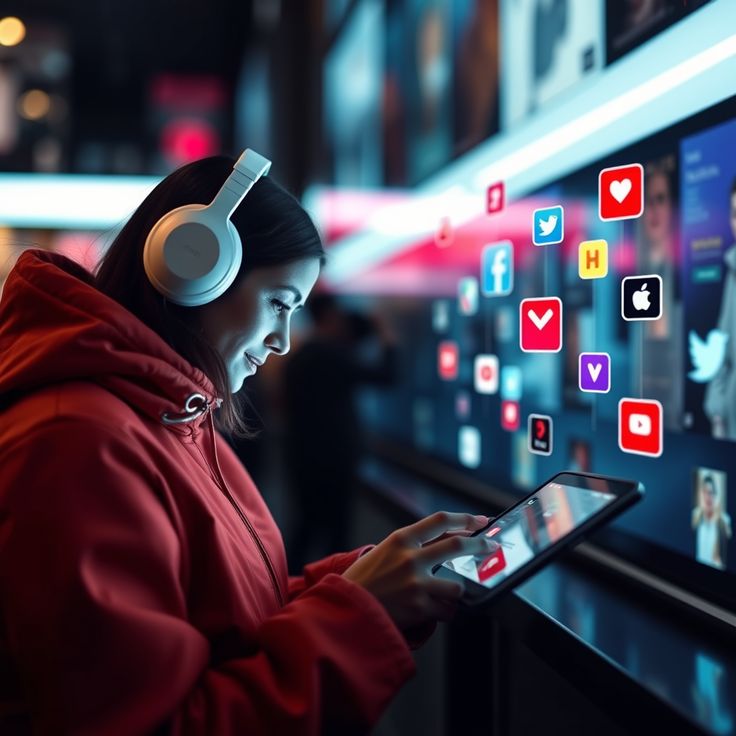
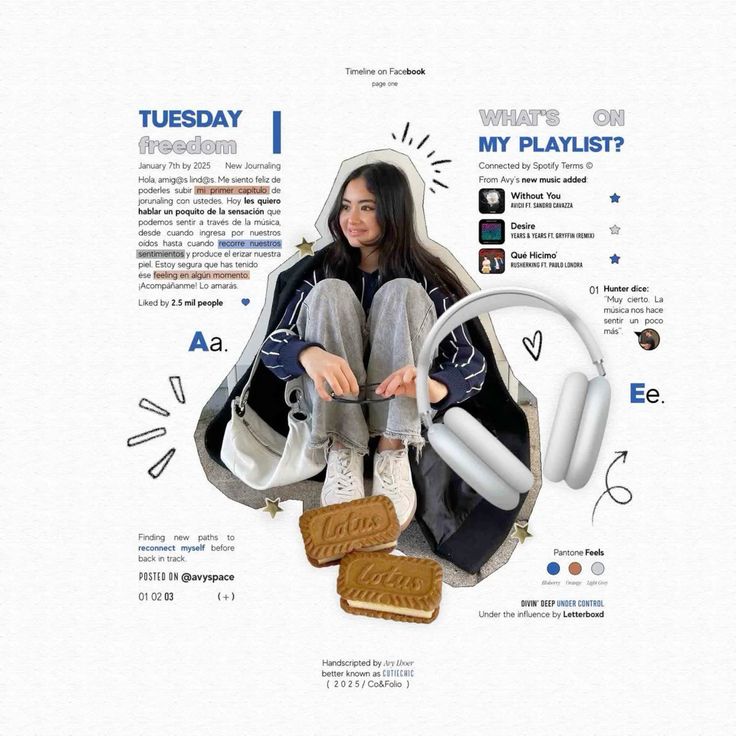
Representation and Diversity in Social Media Imagery
When you scroll through social media, the images you see shape how you think about beauty. These images can either reinforce narrow ideals or highlight the value of diversity and authenticity.
Challenges Faced by Marginalized Groups
If you belong to a marginalized group, you may notice that filters and editing tools often fail to reflect your features accurately. For example, skin-smoothing filters may lighten darker skin tones or erase natural textures, creating a biased standard of “perfection.”
This lack of accurate representation can leave you feeling excluded. Women, people of color, and individuals with disabilities often face limited visibility in beauty-related content, which can reinforce feelings of being undervalued.
Social media algorithms also add to the problem. Content that aligns with mainstream beauty ideals tends to receive more visibility, while diverse or unconventional appearances are less likely to trend. This makes it harder for authentic voices to gain attention.
The result is a cycle where already underrepresented groups struggle to see themselves reflected in ways that feel genuine. Over time, this can affect self-esteem and discourage you from sharing unfiltered images of yourself.
The Lack of Realistic and Inclusive Content
Much of the content you see online is heavily curated, edited, or filtered. This creates a constant stream of polished images that rarely show real features such as scars, wrinkles, or body variations.
When you compare yourself to these images, it’s easy to feel pressure to meet unrealistic standards. The absence of everyday diversity—different body types, skin tones, and ages—makes it harder to accept your natural appearance.
You can spot the imbalance by looking at brand campaigns or influencer feeds. Many still highlight a narrow range of looks, even though audiences are asking for more inclusion.
To shift this, some creators and communities focus on body positivity, skin neutrality, and authentic self-representation. Following these accounts can expose you to more realistic portrayals, helping you normalize the variety of appearances that exist offline.
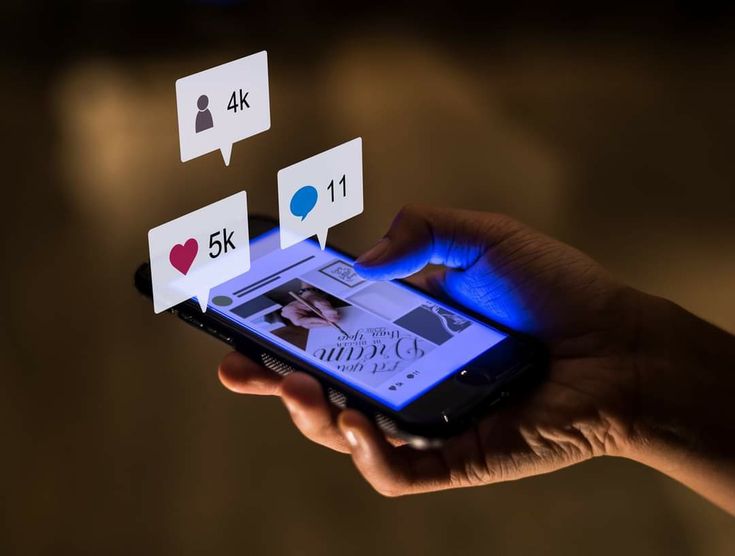
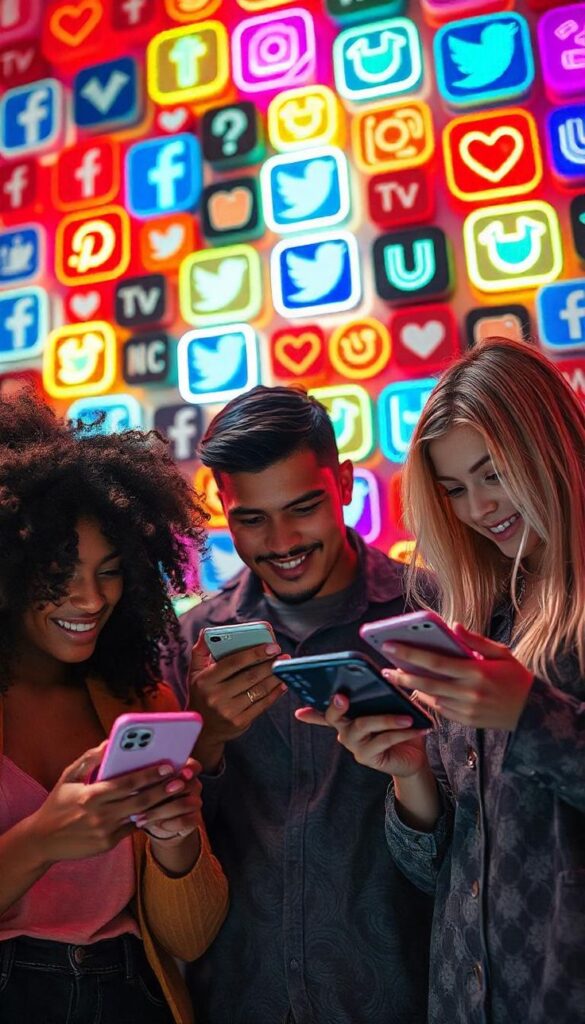
Strategies to Avoid Getting Lost in Unrealistic Beauty Ideals
You can reduce the pressure of unrealistic beauty standards by changing how you interact with social media, choosing what you see, and focusing on values that prioritize health and authenticity. Small, consistent steps help you protect your self-esteem while still enjoying the benefits of digital platforms.
Practicing Digital Self-Care
Digital self-care means setting healthy boundaries with your screen time and the type of content you consume. You might notice that endless scrolling leaves you comparing yourself to filtered images. Taking breaks helps you reset and avoid that cycle.
Try setting time limits on apps that trigger negative feelings. Many phones have built-in tools that allow you to track and control your usage. Even a 15-minute daily limit can reduce the urge to compare.
Another useful practice is to check in with your emotions before and after using social media. If you leave feeling drained or insecure, that’s a sign to step back. Consider replacing that time with activities that support your well-being, such as reading, exercising, or spending time with friends offline.
Curating a Positive Social Media Feed
The accounts you follow shape how you see yourself and others. If your feed is filled with heavily filtered images, you’re more likely to feel pressure to meet those unrealistic standards. Curating your feed gives you more control over what influences your mindset.
Start by unfollowing accounts that make you feel inadequate. Replace them with creators who promote diverse body types, natural beauty, and unedited content. This shift creates a healthier environment where you see a wider range of what beauty can look like.
You can also use platform tools like “mute” or “hide” to reduce exposure without unfollowing someone you know personally. This helps you maintain relationships while protecting your mental space. Over time, your feed becomes a source of encouragement rather than comparison.
Promoting Authenticity and Body Positivity
You can play an active role in challenging unrealistic beauty ideals by sharing authentic content yourself. Posting unfiltered photos or speaking openly about self-acceptance encourages others to do the same. When you normalize imperfections, you help reduce the pressure to appear flawless.
Engaging with body-positive communities also strengthens your perspective. These spaces highlight real experiences and celebrate differences in appearance. By participating, you remind yourself that beauty is not limited to one narrow standard.
Consider using affirmations or journaling to reinforce body positivity in your daily life. Writing down what you appreciate about your body shifts focus from appearance to function and self-worth. This practice helps you build resilience against the constant stream of “perfect” images online.


